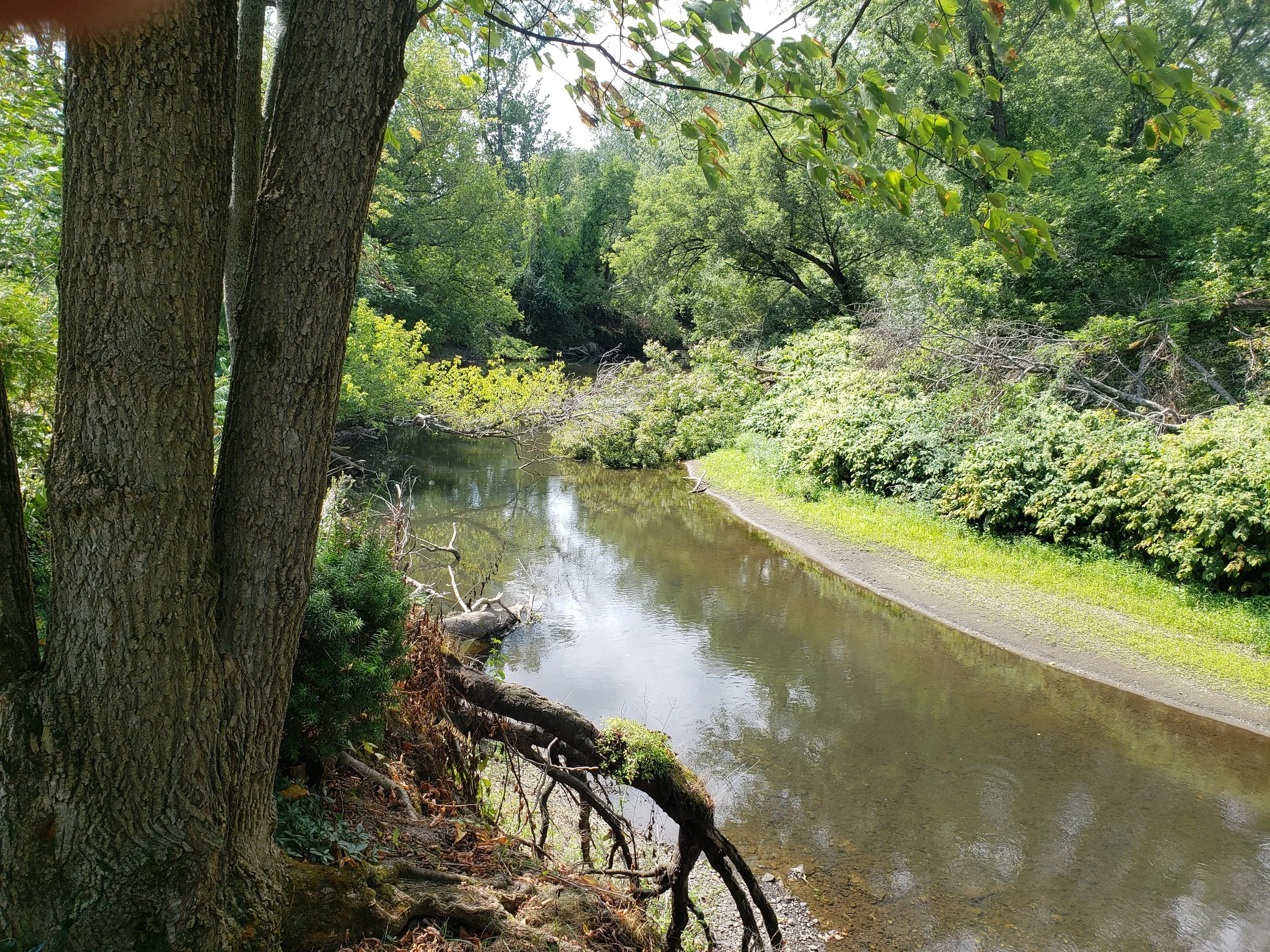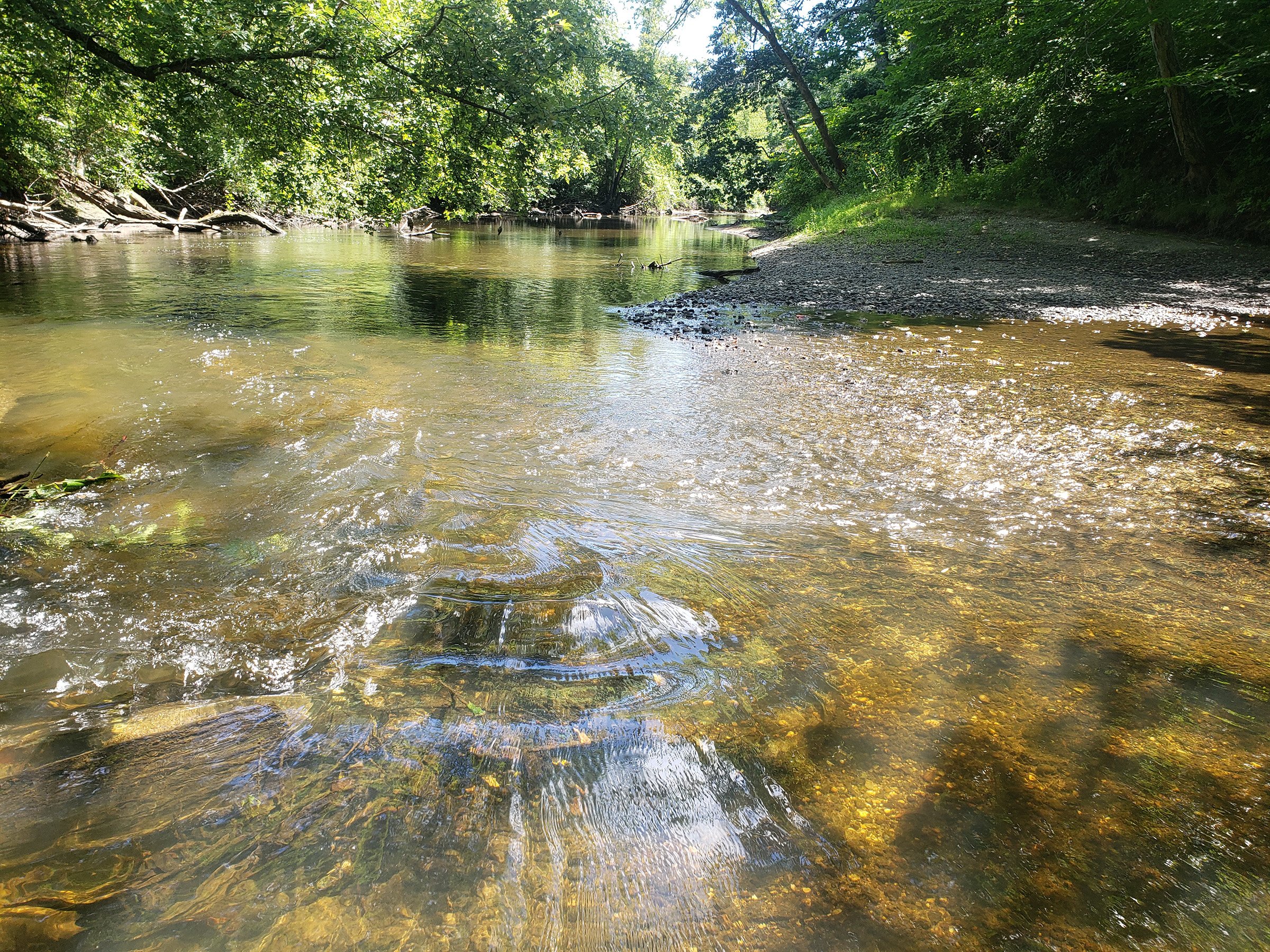
THE Housatonic River
Rest of River Cleanup
Welcome
This website is provided to keep residents, businesses, community members and other stakeholders informed about work that GE is doing to prepare for and implement the U.S. Environmental Protection Agency’s “Rest of River” remedy for the Housatonic River. Thank you for your interest.
GE is performing active remediation of 28 miles of the Housatonic River from Pittsfield to Great Barrington in the Commonwealth of Massachusetts.
GE is conducting these activities under the supervision of the U.S. Environmental Protection Agency (U.S. EPA), which is coordinating with the Commonwealth of Massachusetts and the State of Connecticut. U.S. EPA selected the remedy after extensive public comment and review. GE’s goal is to achieve the U.S. EPA’s objective of a remediation that is protective of human health and the environment by ensuring that PCBs in sediments and soils are remediated and safely disposed of, consistent with U.S. EPA’s remedy. GE is paying the full cost of the cleanup.
-
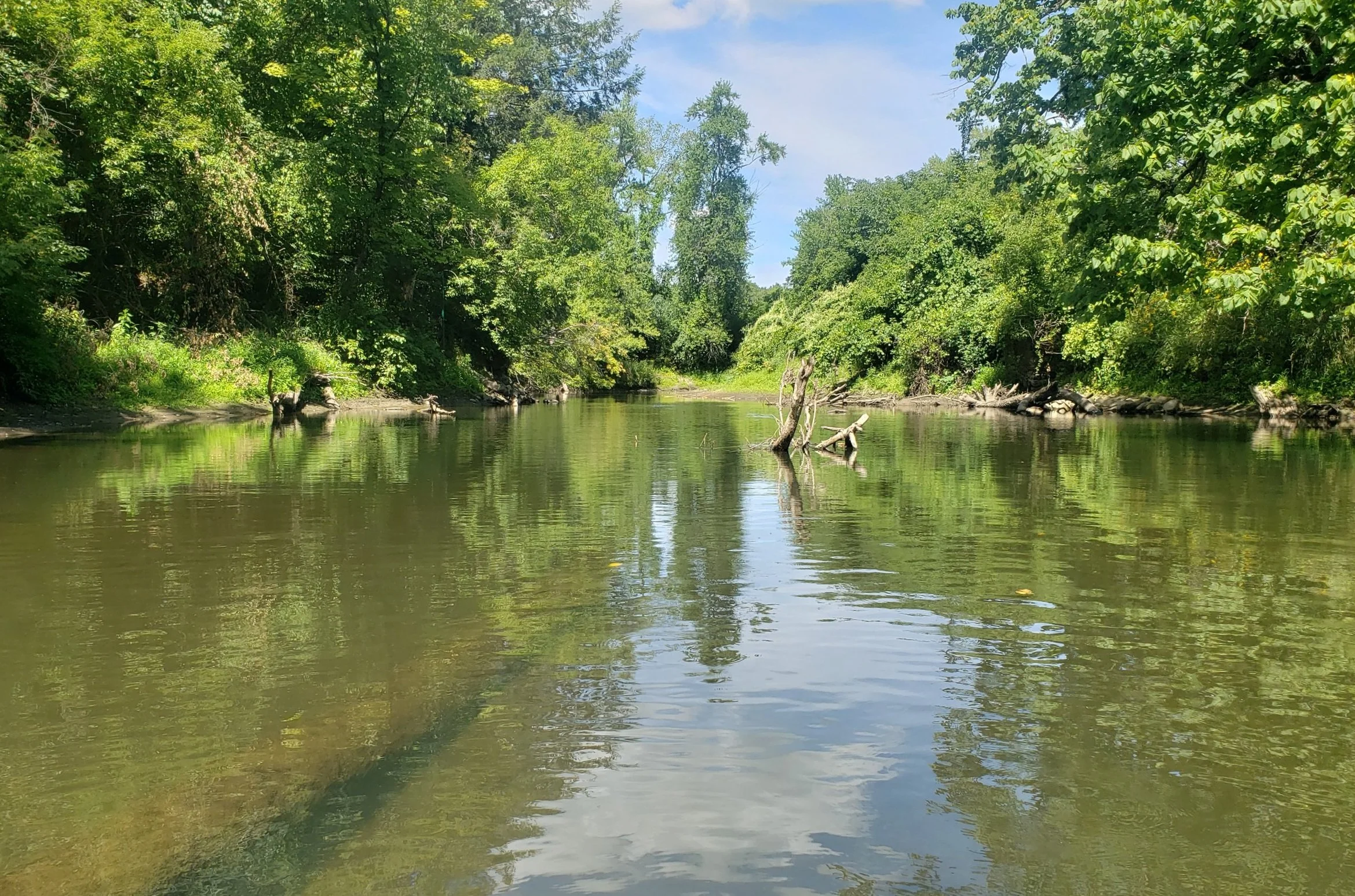
Remedial History
GE’s remedial activities in Berkshire County, including cleanup of the Housatonic River in Pittsfield, removal and disposal of impacted soil and sediment.
-

Upland Disposal Facility
Designing and creating a state-of-the-art facility for the storage and management of soils and sediments containing lower levels of PCBs.
-
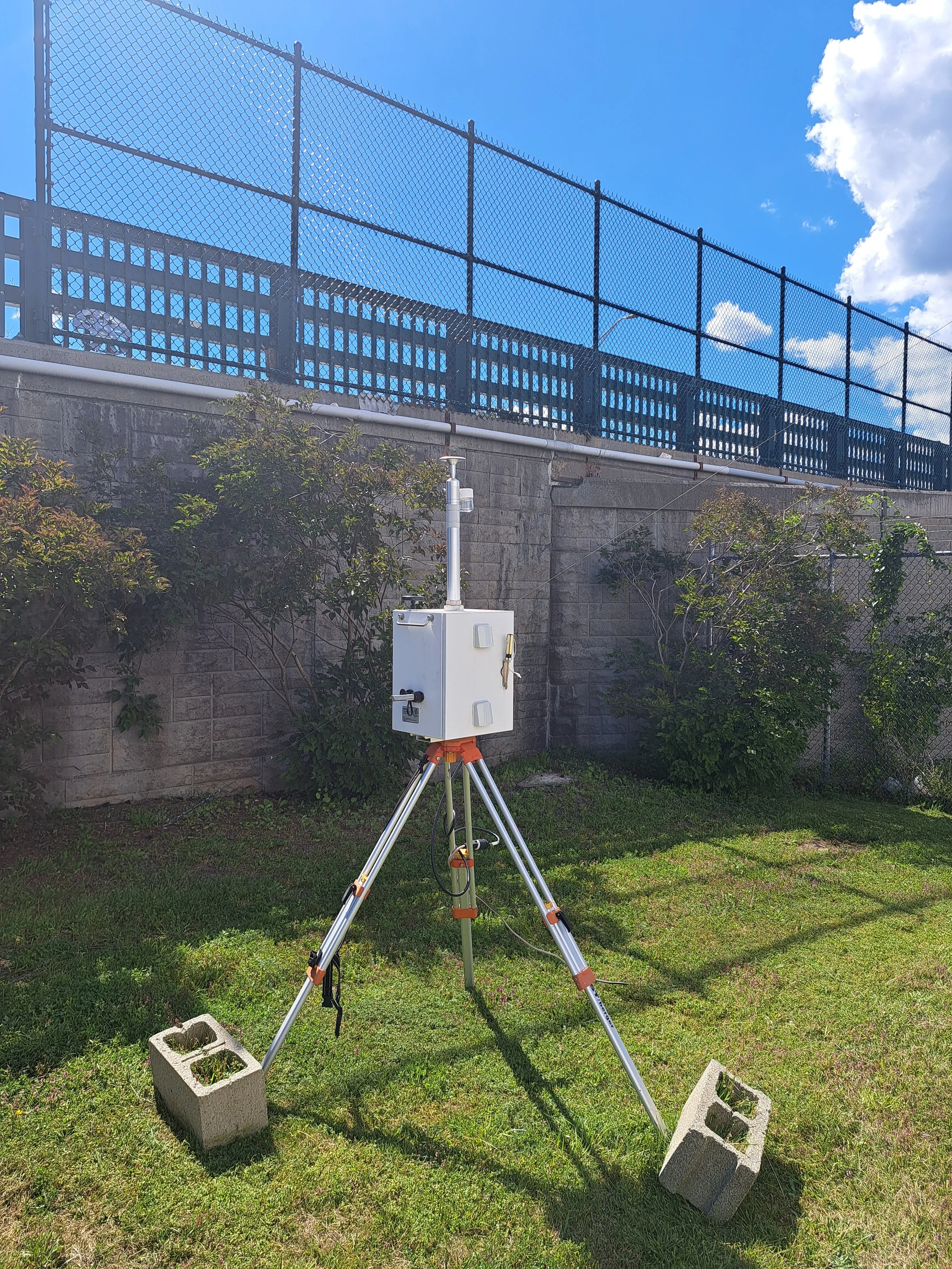
Quality of Life Compliance Plan
The plan for achieving Quality of Life standards set by U.S. EPA during the Rest of River cleanup.
-
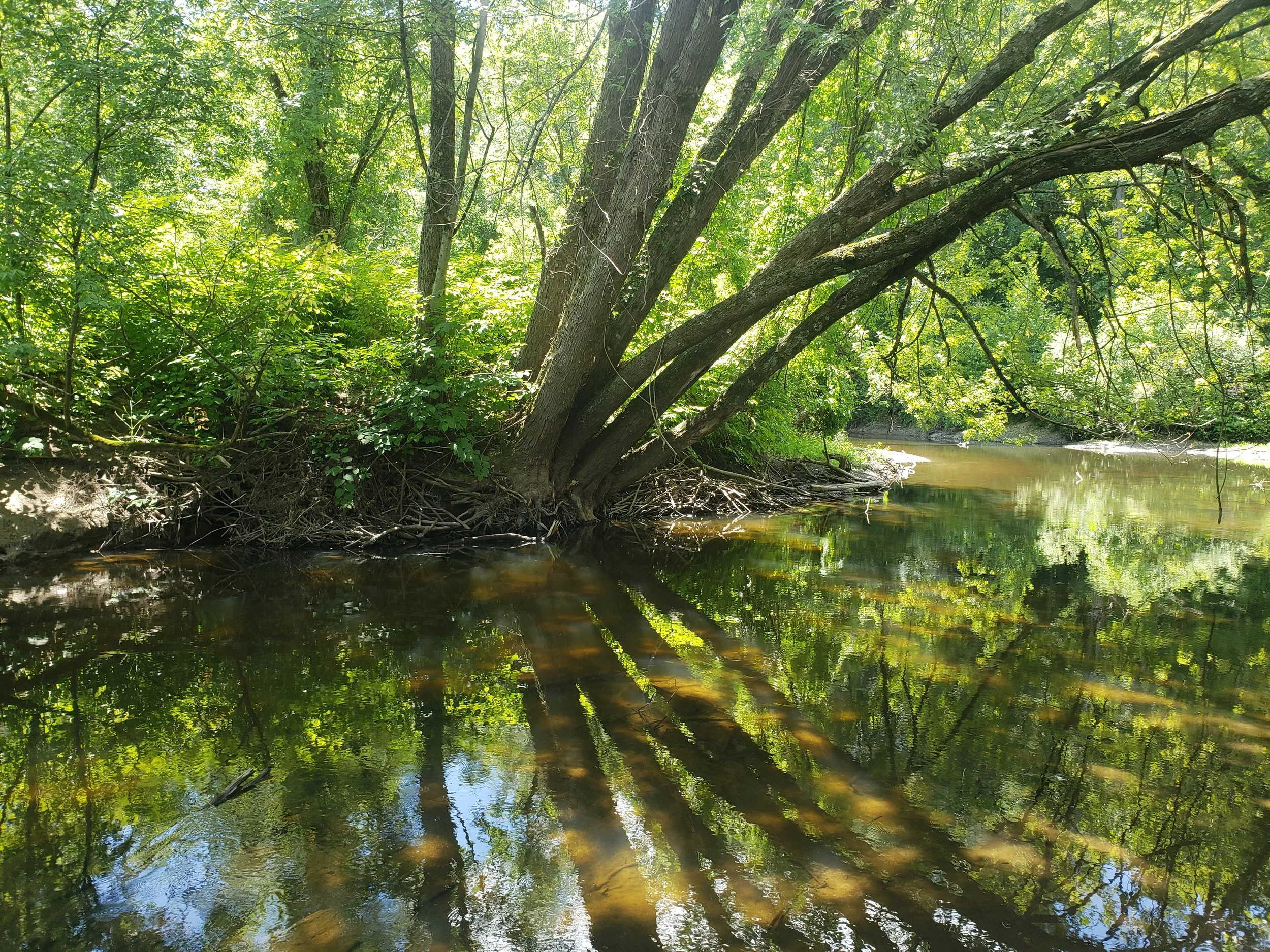
Work Schedules
When and where GE will be conducting Rest of River remedial activities.
-

Fact sheets
Find links to fact sheets regarding the Rest of River remedy.
-

Environmental Data
Information about environmental monitoring during Rest of River activities.

STAY UP To DATE!
We welcome your questions and comments. To ask questions or for more information, please go to our Contact Us page or call 888-596-3655.
The U.S. EPA also provides a website with information about the Rest of River remedy, including links to key documents. Click here to leave this page and visit the U.S. EPA’s project website.


